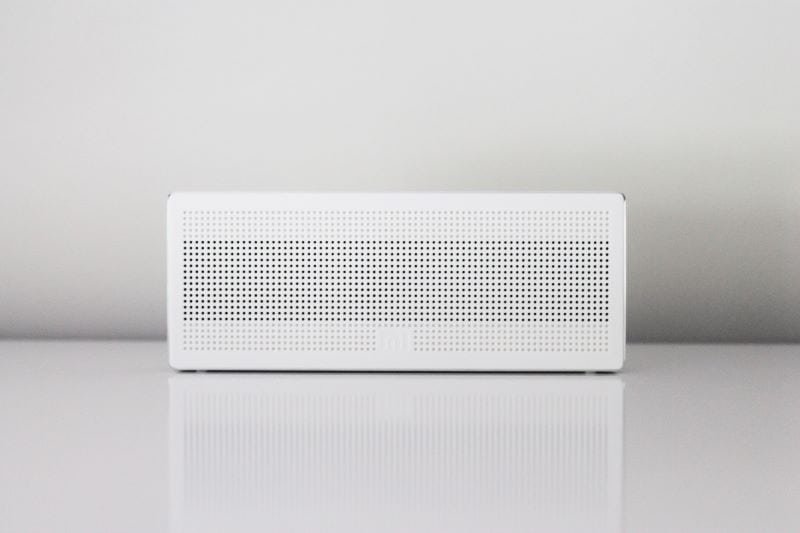Are you concerned about the quality of air in your home? Did you know that indoor air is often more polluted than outdoor air and can lead to serious health issues for the whole family, as well as extra stress on the environment? It might seem daunting to improve indoor air quality, but there are actually simple steps that anyone can take to make their house a healthier and more comfortable place.
In this comprehensive manual, we’ll provide strategies and tips on how to purify the air in your own home. From understanding what’s causing poor quality indoors to identifying potential solutions — let’s explore how everyone can make improvements without too much effort.

Consider Investing in AC maintenance
When maintaining a comfortable and healthy living environment, one of the most crucial aspects is ensuring that the air quality is up to par. Investing in AC maintenance can be the difference between breathing stale, unclean air and a refreshing breeze. If you either live in Minnesota or Wisconsin, having your system regularly checked, cleaned, and properly serviced by AquariusHomeServices.com, for example, might be the solution you need. If the air conditioner is not maintained, it can become a breeding ground for mold and other irritants that could cause respiratory issues.
Regularly Vacuum Your Home
Vacuuming your home regularly is an easy and effective way to improve air quality. Dust, dirt, and allergens can accumulate on surfaces and carpets, making it easier for them to circulate through the air in your home.
If you vacuum at least once a week, you can remove these particles and reduce their presence in the air. Be sure to use a vacuum with a HEPA filter, as these are designed to trap smaller and more harmful particles such as pollen, pet dander, and dust mites.
Install Air Purifiers
Breathing clean air is essential for good health and well-being, especially indoors where we spend most of our time. Unfortunately, indoor air quality can be affected by several sources, including pets, dust, and cooking fumes. In this case, you want to invest in air purifiers that can filter out these particles and improve the overall air quality in your home.
Even in the case of a purifier, look for one with multiple filters or a HEPA filter. Even consider the size of the room you want to use it in and choose an appropriate-sized purifier for maximum effectiveness.
Avoid Chemical-Based Products in Your Home
Our homes are supposed to be our sanctuaries, but what if the very products we use to maintain them are doing more harm than good? Chemical-based products, such as cleaning supplies and air fresheners, are becoming increasingly popular, but they can come at a heavy cost to our health and the environment.
Many of these products contain toxic ingredients that can cause respiratory problems, skin irritations, and even cancer. If you decide to avoid these dangerous products and opt for natural, eco-friendly alternatives, you can create a safer and healthier home for yourself and your loved ones.
Open Windows
With the increased emphasis on maintaining healthy living environments, it’s easy to forget the simplest solution of all: opening windows. Even if you have an air purifier, letting fresh air in can do wonders for improving indoor air quality.
The simple act of opening windows allows for proper ventilation and circulation of indoor air, reducing the concentration of pollutants and toxins that may be present. Just remember to close the windows during peak pollution times or if you live in an area with high outdoor pollution levels.
Plant Houseplants to Filter the Air in Your Home
Did you know that indoor air pollution can be just as harmful as outdoor air pollution? Luckily, there’s an easy and aesthetically pleasing way to combat this issue: plant houseplants! These leafy greens both add a pop of natural beauty to your decor and have the power to filter out harmful toxins and chemicals from the air inside your home. In fact, a recent study found that certain types of houseplants are incredibly effective at reducing indoor air pollutants like benzene, formaldehyde, and trichloroethylene. If you’re still uncertain of their benefits, houseplants like snake plants, peace lilies, English ivy, Boston ferns, and spider plants are all great options for improving indoor air quality.

If you follow our simple steps, you can create a healthier environment for yourself and your family. By investing in AC maintenance, regularly vacuuming your home, installing air purifiers and avoiding chemical-based products, opening windows, and adding houseplants to filter the air, you’ll be well on your way to improving the air quality in your home. Remember: small changes can have a big impact on overall indoor air quality, making your home a safer and more comfortable place for all.
